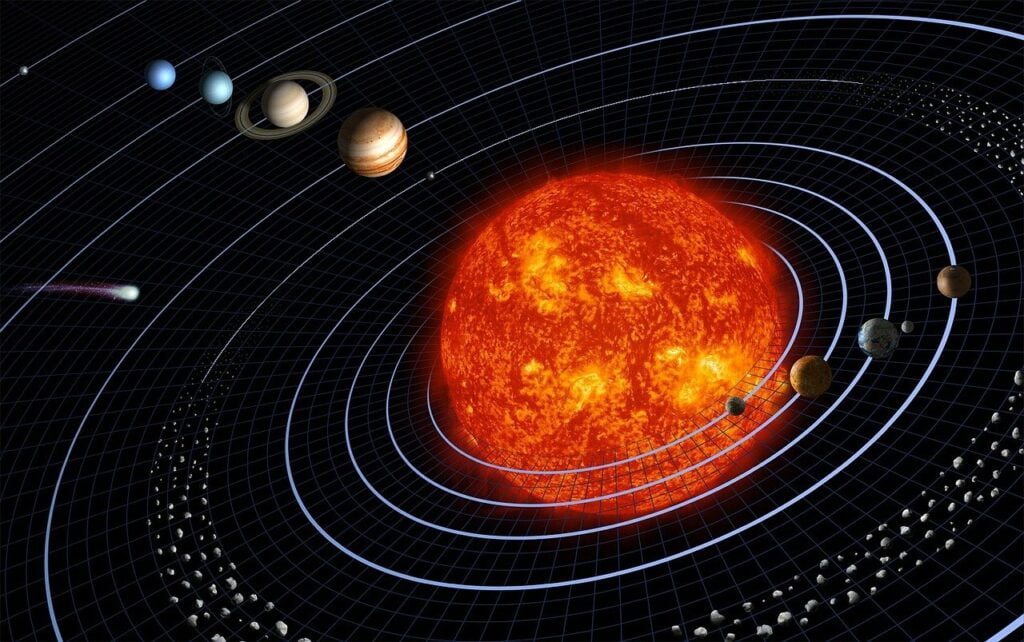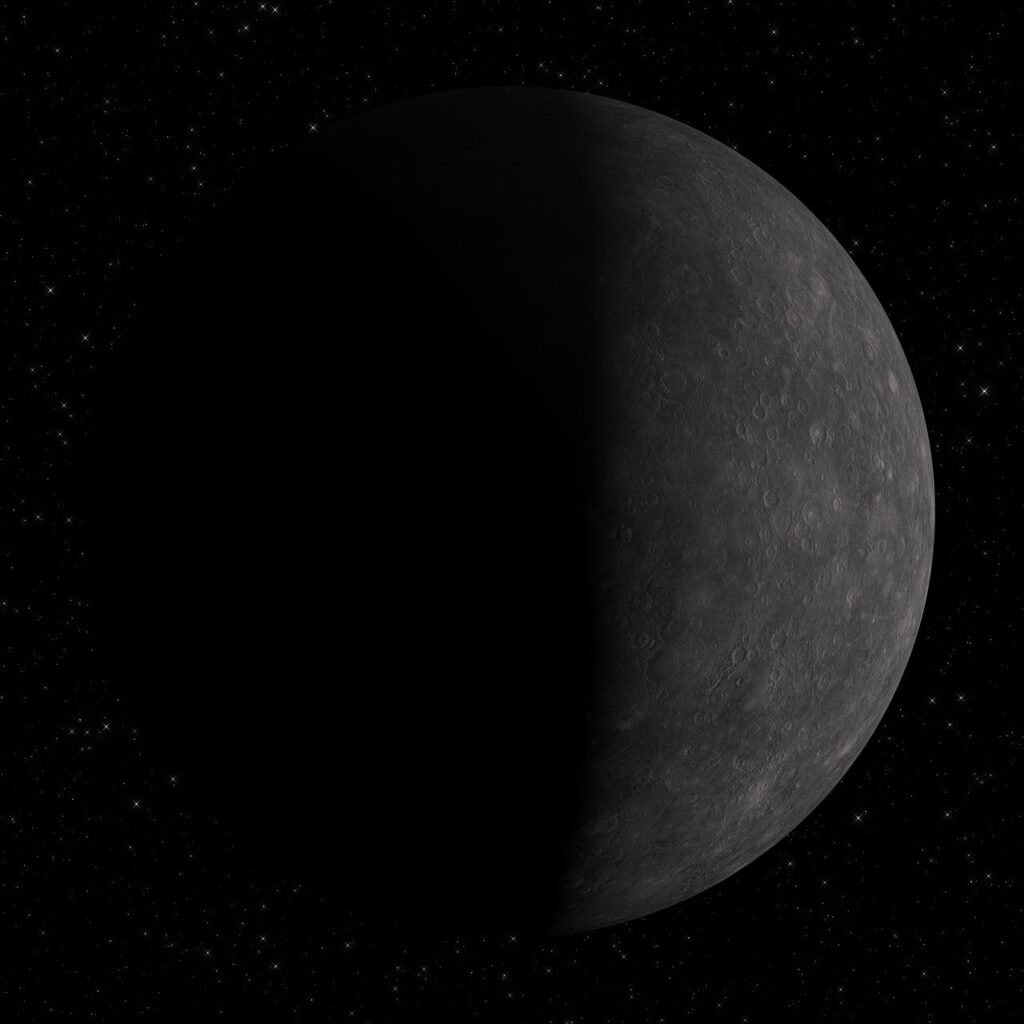
The Sun is a giant star made up mostly of hydrogen and helium. It is very hot, with temperatures reaching up to 15 million degrees Celsius (27 million degrees Fahrenheit) at the core. The Sun’s energy is powered by nuclear fusion, the process of combining hydrogen atoms to form helium atoms. The Sun is about 149.6 million kilometers (92.96 million miles) from Earth, and it is about 4.6 billion years old. The Sun can be dangerous due to its radiation, which can cause skin cancer and other health problems. It can also damage satellites and electronics.
These are the top 10 questions asked on Google search:
1. What is the Sun made of?
The Sun is made up of mostly hydrogen (73%) and helium (25%). These gases are incredibly hot, with temperatures reaching up to 15 million degrees Celsius (27 million degrees Fahrenheit) at the core. This heat is produced by nuclear fusion, the process of combining hydrogen atoms to form helium atoms.
2. How big is the Sun?
The Sun is a giant star, with a diameter of about 1.4 million kilometers (870,000 miles). If the Sun were the size of a basketball, Earth would be the size of a pinhead.
3. How far away is the Sun from Earth?
On average, the Sun is about 149.6 million kilometers (92.96 million miles) from Earth. This distance is known as an astronomical unit (AU).
4. How old is the Sun?
The Sun is about 4.6 billion years old. It is still relatively young, and it is expected to live for another 5 billion to 10 billion years.
5. How hot is the Sun?
The temperature at the core of the Sun is about 15 million degrees Celsius (27 million degrees Fahrenheit). This is hot enough to ignite nuclear fusion, the process that powers the Sun.
6. Can the Sun be dangerous?
Yes, the Sun can be dangerous. Its radiation can cause skin cancer and other health problems. It can also damage satellites and electronics.
7. What are sunspots?
Sunspots are dark, cool patches on the Sun’s surface. They are caused by intense magnetic fields. Sunspots can cause spikes in solar activity, such as solar flares and coronal mass ejections.
8. What are solar flares?
Solar flares are sudden bursts of energy from the Sun. They can emit high-energy radiation, which can damage satellites and electronics.
9. What are coronal mass ejections?
Coronal mass ejections (CMEs) are giant clouds of charged particles that are ejected from the Sun. They can travel at speeds of millions of kilometers per hour and can cause geomagnetic storms when they interact with Earth’s magnetic field.
10. What will happen to the Sun when it dies?
The Sun will eventually run out of hydrogen fuel and will begin to expand and cool. It will eventually become a red giant, engulfing Mercury and Venus. The Sun will then shrink and become a white dwarf, cooling and eventually fading into obscurity.
You may also like:
Mercury: The Closest Planet to the Sun
Venus: The Earth’s Twin or a Very Different Planet?
Mars: Comprehensive Exploration, unveiling the Mysteries
Jupiter: A Cosmic Giant – Symphony of Storms
Saturn: A Gaseous Giant with Enthralling Rings and Diverse Moons


